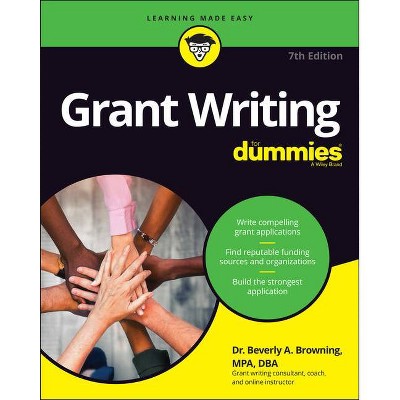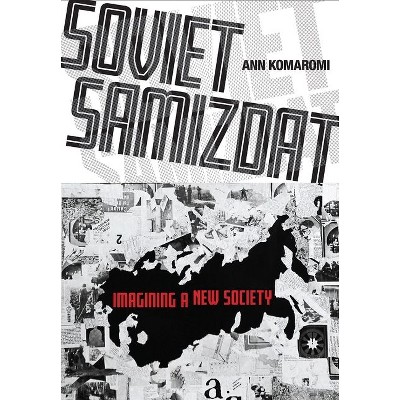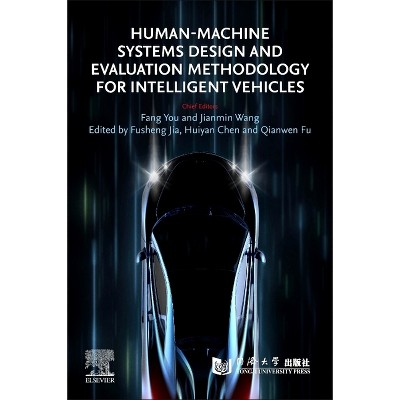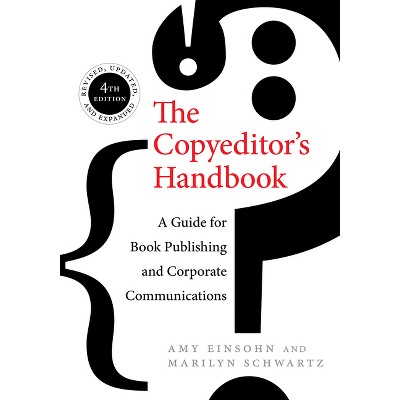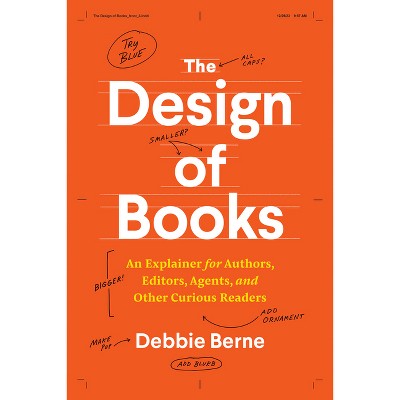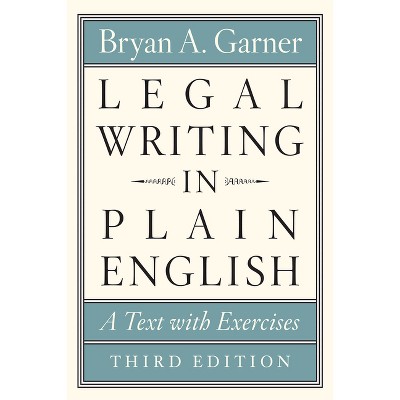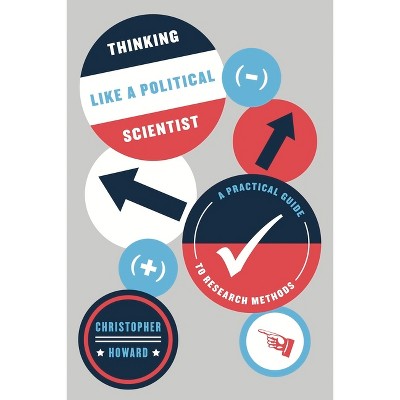Sponsored

The Craft of Science Writing - (Chicago Guides to Writing, Editing, and Publishing) 2nd Edition by Siri Carpenter (Paperback)
In Stock
Sponsored
About this item
Highlights
- A deeply sourced, inclusive guide to all aspects of science writing with contributions from some of the most skilled and award-winning authors working today.
- About the Author: Siri Carpenter is an award-winning science journalist and editor whose writing and editorial work has appeared in the New York Times, Science, Discover, Scientific American, Science News, bioGraphic, and other publications.
- 368 Pages
- Science, Reference
- Series Name: Chicago Guides to Writing, Editing, and Publishing
Description
About the Book
"Science journalism has perhaps never been so critical to our world and the demands on science journalists have never been greater. On any given day, a science journalist might need to explain the details of genetic engineering, analyze a development in climate change research, or serve as a watchdog helping to ensure the integrity of the scientific enterprise. And science writers have to spin tales seductive enough to keep readers hooked to the end, despite the endless other delights just a click away. How does one do it? Here, in a second edition, is a collection of indispensable articles on the craft of science writing as told by some of the most skillful science journalists working today. These selections are a wealth of journalistic knowledge from The Open Notebook, the online community that has been a primary resource for science journalists and aspiring science writers since 2010. Meet a crew of accomplished, encouraging friends to whisper over your shoulder as you work. In these pages, you'll find interviews with leading journalists offering behind-the-scenes inspiration, as well as in-depth essays on the craft offering practical advice on topics such as the following: how to make the transition into science writing; how to find and pitch a science story to editors; how to wade through technicalities in scientific papers to spot key facts; how to evaluate scientific and statistical claims, including in preprints; how to consider questions of sensitivity and diversity, equity, and inclusion; how to build and keep up with a beat; how to structure a science story, from short news to long features; and how to engage readers in a science story and hold their attention to the end"--Book Synopsis
A deeply sourced, inclusive guide to all aspects of science writing with contributions from some of the most skilled and award-winning authors working today. Science writing has never been so critical to our world, and the demands on writers have never been greater. On any given day, a writer might need to explain the details of AI, analyze developments in climate change research, or serve as a watchdog helping to ensure the integrity of the scientific enterprise. At the same time, writers must spin tales that hook and keep readers, despite the endless other demands on their attention. How does one do it? The Craft of Science Writing is the authoritative guide. With pieces curated from the archives of science writers' go-to online resource, The Open Notebook, this book explores strategies for finding and shaping story ideas, pitching editors, and building a specialty in science writing. It delves into fundamental skills that every science writer must learn, including planning their reporting; identifying, interviewing, and quoting sources; organizing interview notes; and crafting stories that engage and inform audiences. This expanded edition includes new introductory material and nine new essays focusing on such topics as how to establish a science beat, how to find and use quotes, how to critically evaluate scientific claims, how to use social media for reporting, and how to do data-driven reporting. In addition, there are essays on inclusivity in science writing, offering strategies for eradicating ableist language from stories, working with sensitivity readers, and breaking into English-language media for speakers of other languages. Through interviews with leading journalists offering behind-the-scenes inspiration as well as in-depth essays on the craft offering practical advice, readers will learn how the best science stories get made, from conception to completion.Contributors:
Humberto Basilio, Siri Carpenter, Jeanne Erdmann, Dan Ferber, Tina Casagrand Foss, Geoffrey Giller, Laura Helmuth, Jane C. Hu, Alla Katsnelson, Roxanne Khamsi, Betsy Ladyzhets, Jyoti Madhusoodanan, Amanda Mascarelli, Robin Meadows, Kate Morgan, Tiên Nguyễn, Michelle Nijhuis, Aneri Pattani, Rodrigo Pérez Ortega, Mallory Pickett, Kendall Powell, Tasneem Raja, Sandeep Ravindran, Marion Renault, Julia Rosen, Megha Satyanarayana, Christina Selby, Knvul Sheikh, Abdullahi Tsanni, Alexandra Witze, Katherine J. Wu, Wudan Yan, Ed Yong, Rachel Zamzow, Sarah Zhang, and Carl Zimmer
Review Quotes
"The Craft of Science Writing is an excellent craft book written by a diverse community of writers for a diverse community of readers. . . The expanded edition includes all the original content plus nine additional essays to further help writers present science in the most accessible and accurate way. The new articles round out the collection with guidance on working with sensitivity readers, eradicating ableist language, critically evaluating claims, tapping into social media for sources, and basing writing on data, among other subjects. Carpenter conveniently numbered the articles in this expanded edition, which is a small detail that makes the book easier to use in the classroom."
-- "IEEE Professional Communication Society""Accessible, informative, and engaging, The Craft of Science Writing can serve as an excellent resource for both classroom instruction and self-study. A welcome contribution!"--Barbara Gastel, professor and coordinator of the science & technology journalism program, Texas A&M University, on the previous edition
"I recommend The Open Notebook to every writer, not just science journalists. Their story dissections are amazing, their pitch database is a goldmine, and their profiles of other writers are the best way to score insider tips and/or feel less alone in the struggle."--Nicola Twilley, author of Frostbite: How Refrigeration Changed Our Food, Our Planet, and Ourselves, on the previous edition
"If I had to strip my go-to shelf of reporting and writing books down to a very few, this one would remain. . . . In an era when facts are under assault, this book is especially welcome."--Jacqui Banaszynski, Pulitzer Prize-winning reporter and editor, on the previous edition
About the Author
Siri Carpenter is an award-winning science journalist and editor whose writing and editorial work has appeared in the New York Times, Science, Discover, Scientific American, Science News, bioGraphic, and other publications. She is co-founder, executive director, and editor-in-chief of The Open Notebook, a non-profit organization that is widely regarded as the leading source of online training and educational materials for journalists who cover science. She is a past president of the National Association of Science Writers. She lives in Madison, Wisconsin.Shipping details
Return details
Frequently bought together

Guests also viewed
